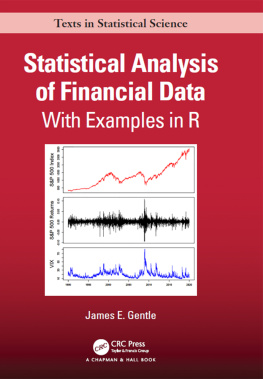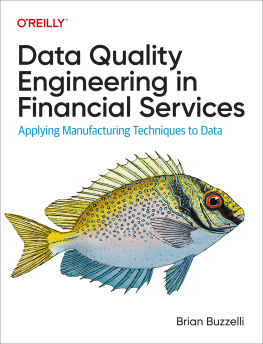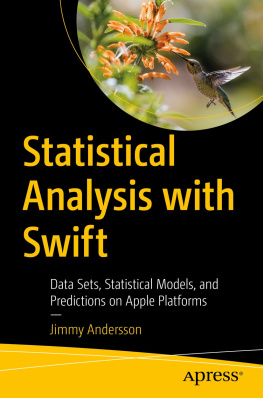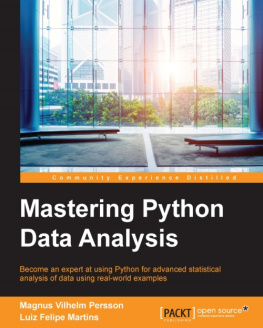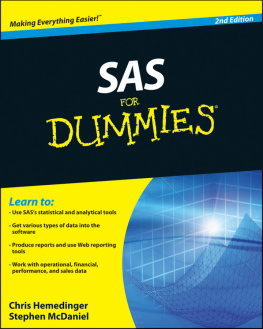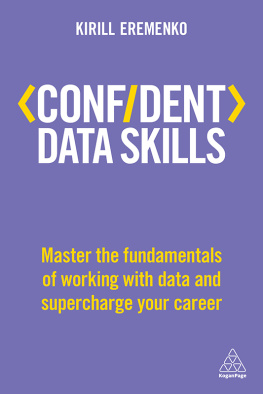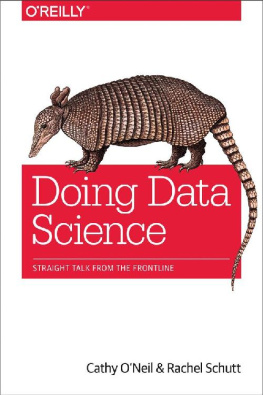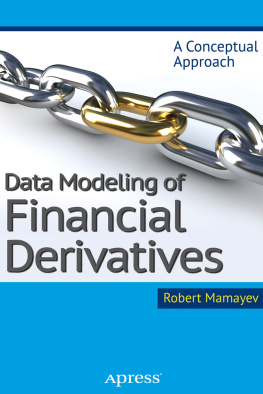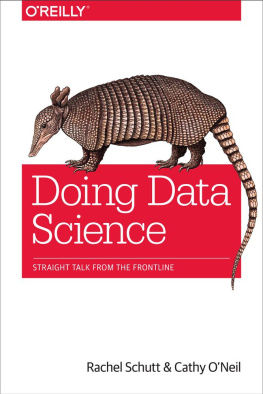Contents
Page List
Statistical Analysis of Financial Data
CHAPMAN & HALL/CRC
Texts in Statistical Science Series
Joseph K. Blitzstein, Harvard University, USA
Julian J. Faraway, University of Bath, UK
Martin Tanner, Northwestern University, USA
Jim Zidek, University of British Columbia, Canada
Recently Published Titles
Theory of Spatial Statistics
A Concise Introduction
M.N.M van Lieshout
Bayesian Statistical Methods
Brian J. Reich and Sujit K. Ghosh
Sampling
Design and Analysis, Second Edition
Sharon L. Lohr
The Analysis of Time Series
An Introduction with R, Seventh Edition
Chris Chatfield and Haipeng Xing
Time Series
A Data Analysis Approach Using R
Robert H. Shumway and David S. Stoffer
Practical Multivariate Analysis, Sixth Edition
Abdelmonem Afifi, Susanne May, Robin A. Donatello, and Virginia A. Clark
Time Series: A First Course with Bootstrap Starter
Tucker S. McElroy and Dimitris N. Politis
Probability and Bayesian Modeling
Jim Albert and Jingchen Hu
Surrogates
Gaussian Process Modeling, Design, and Optimization for the Applied Sciences
Robert B. Gramacy
Statistical Analysis of Financial Data
With Examples in R
James E. Gentle
For more information about this series, please visit:
https://www.crcpress.com/ChapmanHallCRC-Texts-in-Statistical-Science/book-series/CHTEXSTASCI
Statistical Analysis of Financial Data
With Examples in R
James E. Gentle
First edition published 2020
by CRC Press
6000 Broken Sound Parkway NW, Suite 300, Boca Raton, FL 33487-2742
and by CRC Press
2 Park Square, Milton Park, Abingdon, Oxon, OX14 4RN
2020 Taylor & Francis Group, LLC
CRC Press is an imprint of Taylor & Francis Group, LLC
Reasonable efforts have been made to publish reliable data and information, but the author and publisher cannot assume responsibility for the validity of all materials or the consequences of their use. The authors and publishers have attempted to trace the copyright holders of all material reproduced in this publication and apologize to copyright holders if permission to publish in this form has not been obtained. If any copyright material has not been acknowledged please write and let us know so we may rectify in any future reprint.
Except as permitted under U.S. Copyright Law, no part of this book may be reprinted, reproduced, transmitted, or utilized in any form by any electronic, mechanical, or other means, now known or hereafter invented, including photocopying, microfilming, and recording, or in any information storage or retrieval system, without written permission from the publishers.
For permission to photocopy or use material electronically from this work, access
Trademark notice: Product or corporate names may be trademarks or registered trademarks, and are used only for identification and explanation without intent to infringe.
Library of Congress Cataloging-in-Publication Data
Library of Congress Control Number:2019956114
ISBN: 978-1-138-59949-9 (hbk)
ISBN: 978-0-429-48560-2 (ebk)
To Mara
This book is intended for persons with interest in analyzing financial data and with at least some knowledge of mathematics and statistics. No prior knowledge of finance is required, although a reader with experience in trading and in working with financial data may understand some of the discussion more readily. The reader with prior knowledge of finance may also come to appreciate some aspects of financial data from fresh perspectives that the book may provide. Financial data have many interesting properties, and a statistician may enjoy studying and analyzing the data just because of the challenges it presents.
There are many texts covering essentially the same material. This book differs from most academic texts because its perspective is that of a real-world trader who happens to be fascinated by data for its own sake. The emphasis in this book is on financial data. While some stale datasets at the books website are provided for examples of analysis, the book shows how and where to get current financial data, and how to model and analyze it.
Understanding financial data may increase ones success in the markets, but the book does not offer investment advice.
The organization and development of the book are data driven. The book begins with a general description of the data-generating processes that yield financial data. In the first chapter, many sets of data are explored statistically with little discussion of the statistical methods themselves, how these exploratory analyses were performed, or how the data were obtained. The emphasis is on the data-generating processes of finance: types of assets and markets, and how they function.
The first chapter may seem overly long, but I feel that it is important to have a general knowledge of the financial data-generating processes. A financial data analyst must not only know relevant statistical methods of analysis, the analyst must also know, for example, the difference between a seasoned corporate and a T-Bill, and must understand why returns in a short index ETF are positively correlated with the VIX.
While reading ?.
These questions are addressed in an appendix to , discusses computer methods used to obtain real financial data such as adjusted closing stock prices or T-Bill rates from the web, and to mung, plot, and analyze it.
The software used is R. Unless data can be obtained and put in a usable form, there can be no analysis. In the exercises for the appendix, the reader is invited to perform similar exploratory analyses of other financial data.
In the later chapters and associated exercises, the emphasis is on the methods of analysis of financial data. Specific datasets are used for illustration, but the reader is invited to perform similar analyses of other financial data.
I have expended considerable effort in attempting to make the Index complete and useful. The entries are a mix of terms relating to financial markets and terms relating to data science, statistics, and computer usage.
Financial Data
This book is about financial data and methods for analyzing it. Statisticians are fascinated by interesting data. Financial data is endlessly fascinating; it does not follow simple models. It is not predictable. There are no physical laws that govern it. It is big data. Perhaps best of all, an endless supply of it is available freely for the taking.
Access to financial data, and the financial markets themselves, was very different when I first began participating in the market over fifty years ago. There was considerably more trading friction then; commissions were very significant. The options markets for the retail investor/trader were almost nonexistent; there were no listed options (those came in 1973). Hedging opportunities were considerably more limited. There were no ETFs. (An early form was released in 1989, but died a year later; finally, the first Spider came out in 1993.) Most mutual funds were actively managed, and charged high fees.

